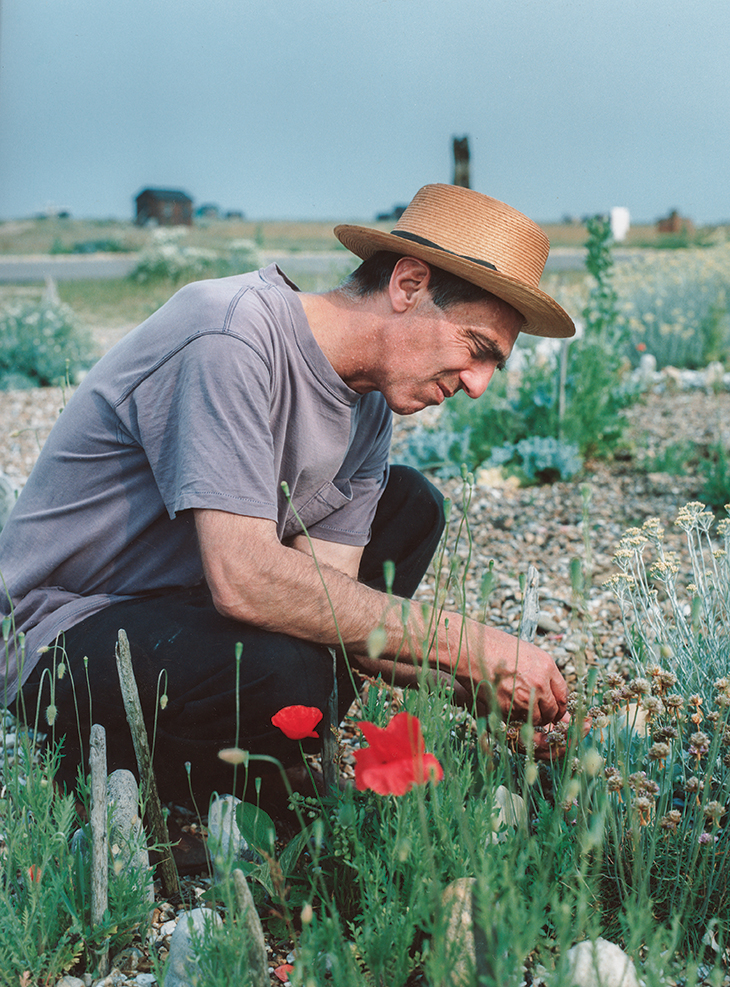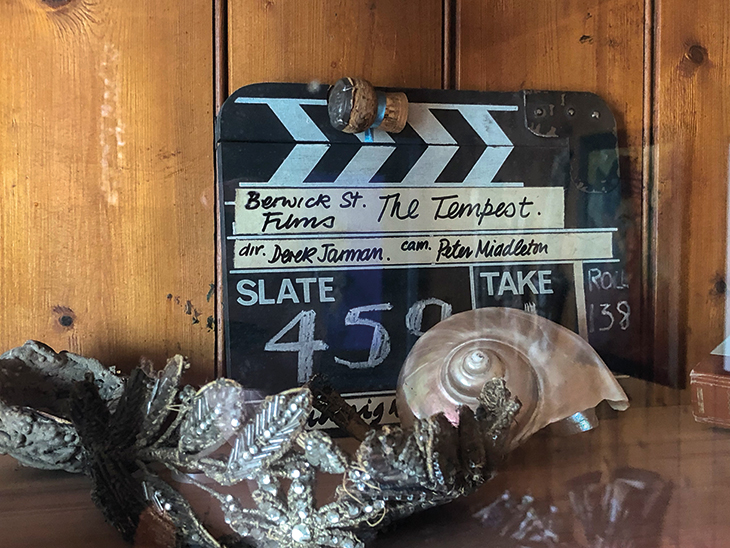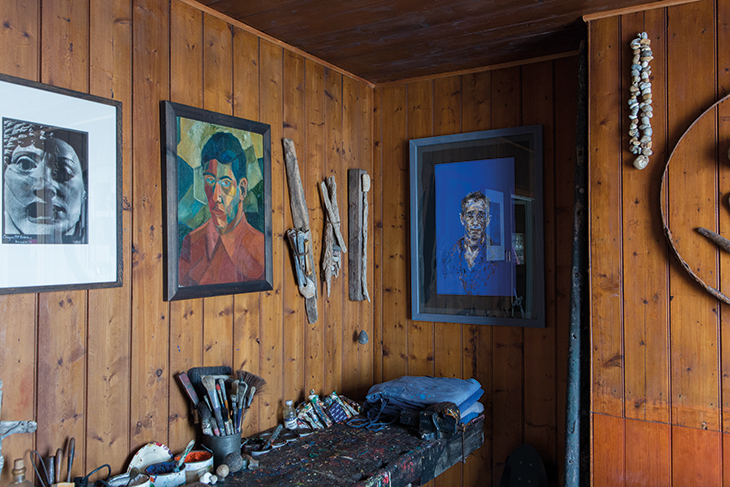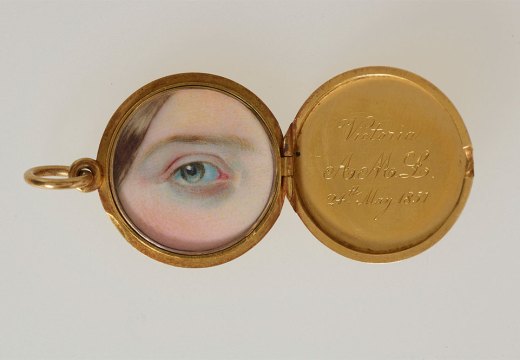Derek Jarman’s Prospect Cottage, Dungeness, Kent
Art Fund
In the spring of 1986, while scouting for film locations in Kent, Derek Jarman stopped for lunch at Dungeness. Going for a walk afterwards, he glimpsed a ‘For Sale’ notice outside a fisherman’s dwelling he had long coveted, and so not long after became the owner of Prospect Cottage. Jarman had enjoyed a distinguished career as a painter, a writer, a set designer for both stage and screen, and a film-maker, and the cottage was where his later projects were conceived and planned. The remarkable garden he made there became a major creative focus of his final years. Together, the cottage and garden form a kind of idiosyncratic self-portrait, and it seems wholly appropriate that both should now have been acquired by the Art Fund for the nation. Creative Folkestone has become the custodian of Prospect Cottage, and Jarman’s archive – which includes notebooks, letters and photographs – will go on long-term loan to the Tate Archive.

Derek Jarman (1942–94) in the garden at Prospect Cottage. Photo: © Howard Sooley
This acquisition is also important because it had genuine popular support: the Art Fund’s appeal resulted in more than 8,100 individual donations from the public in just 10 weeks. Jarman had touched many lives, not only through his wide-ranging body of work but as a vociferous campaigner for gay rights during the Aids crisis. He had himself been diagnosed HIV positive shortly after buying Prospect Cottage, and the garden became a refuge both from the demands of his London life and the knowledge of his brutally shortened life expectancy. ‘The gardener digs in another time,’ he wrote, ‘without past or future, beginning or end.’

The interior of Prospect Cottage, showing props from Jarman’s own films. Photo: © Howard Sooley
Assailed by wind and salt, coastal gardens are notoriously difficult, added to which Prospect Cottage is wholly surrounded by shingle, its aspect dominated by the nearby power station. With a defiance characteristic of his whole approach to life and work, Jarman was undeterred by this unpromising site. He created a garden that is like no other and has justly become world famous. Starting with glaucous- or grey-leaved plants that thrive in such conditions – sea kale, helichrysum, santolina – he added swathes of vibrantly coloured flowers tucked into well-manured pockets dug into the shingle. Among these he sited sculptures created from old garden tools or objects cast ashore by the sea – driftwood, rusting bits of metal, cork floats, shells and large flints like ‘dragon’s teeth’. This has resulted in a landscape that has an austere beauty even when the flowers fade.

The interior of Prospect Cottage, showing artworks and natural and salvaged objects. Photo: © Howard Sooley
Without walls or fences, the garden has always been visible to anyone passing, but the cottage has until now remained a private domain. Many people assume that Jarman was responsible for its striking colour scheme, but the glistening black-tarred boards and yellow-framed door and windows are as he found them. He did, however, extend the house and add the beautifully lettered text on one end, lines from John Donne’s poem ‘The Sun Rising’ – appropriate for a place he claimed has more sunlight than anywhere else in Britain. The aesthetic of the garden is carried into the cottage, which is decorated with natural and salvaged objects, as well as props from Jarman’s films, his own paintings, and the work of friends such as Maggi Hambling, Richard Hamilton and John Maybury. A glimpse of this interior is provided by an exhibition at the Garden Museum (until 13 December), but visitors will now be able to explore the real thing, a lasting and living monument to this wonderfully original artist and his work.
Peter Parker’s books include A Little Book of Latin for Gardeners (Little, Brown).
The Winners | Personality of the Year | Artist of the Year | Museum Opening of the Year | Exhibition of the Year | Book of the Year | Digital Innovation of the Year | Acquisition of the Year | View the shortlists
Unlimited access from just $16 every 3 months
Subscribe to get unlimited and exclusive access to the top art stories, interviews and exhibition reviews.


























